 پروب ER چیست؟
پروب ER چیست؟
تعریف پروب ER
پروب ER معمولا از موادی ساخته می شود که مشابه لوله یا مخازن ذخیره سازی هستند. از این طریق، میزان خوردگی نشان داده شده توسط کاوشگر نشان دهنده خوردگی واقعی سیستم است. این پروب ها می توانند داده های خوردگی را در اختیار اپراتورها قرار دهند که به آنها کمک می کند تا سیستم را حفظ کنند.
پروب ER یک ابزار پیشرفته است. این می تواند میزان خوردگی سیستم های صنعتی آنلاین (مانند لوله ها و مخازن ذخیره سازی) را کنترل کند. از طریق این روش می توانید میزان خوردگی آن دوره را بشمارید. این داده های ارزشمندی را در زمان واقعی ارائه می دهد که می تواند از خرابی ناشی از خوردگی جلوگیری کند.
اجزای یک سیستم پروب ER
سیستم پروب ER شامل برخی از اجزای کلیدی است:
پروب: سنسور اصلی که میزان خوردگی را اندازه گیری می کند
آداپتور پروب: با یک سیستم ثبت اطلاعات با پروب تماس بگیرید
دیتالاگر قابل حملاندازه گیری ها را از کاوشگر برای تجزیه و تحلیل بعدی ثبت می کند.:
فرستنده بی سیم / جمع آوری دادهدر برخی از سیستم ها، داده ها را به صورت بی سیم به یک سیستم نظارت مرکزی ارسال می کند.:
مونتاژ پایه و پلاگیننصب ایمن و ضد نشتی پروب در سیستم را تسهیل می کند.:
پوشش محافظاز پروب در برابر شرایط محیطی محافظت می کند.:
کانکتور ابزار و موقعیت کلیداتصال الکتریکی را فراهم می کند و جهت گیری صحیح را در هنگام نصب تضمین می کند.:
این اجزا با هم کار می کنند تا پرسنل را قادر سازند تا قبل از جدی شدن مشکلات در مورد آنها هشدار داده شوند. با نصب سیستم های پروب ER، صنایع می توانند خطرات خوردگی خود را به طور موثرتری مدیریت کنند و اطمینان حاصل کنند که عملیات آنها ایمن و قابل اعتماد است.
معرفی
درک خوردگی و تاثیر صنعتی آن
خوردگی یک پیشرفت طبیعی است. به دلیل تعامل بین مواد و محیط، خوردگی بدتر می شود. در محیط صنعتی ممکن است مشکلات جدی از جمله ضعف ساختاری، خرابی قطعات و آلودگی محصول داشته باشد. یادگیری در مورد عوامل خوردگی بسیار مهم است. عواملی از جمله شرایط محیطی، خواص مواد، قرار گرفتن در معرض مواد شیمیایی و تنش مکانیکی همگی بر میزان خوردگی تأثیر می گذارند.
صنایع نفت و شیمیایی عبارتند از به ویژه به دلیل H مستعد خوردگی استمواد شیمیایی ARSH و شرایط شدید که اغلب وجود دارد. در صورت عدم نظارت و کاهش خوردگی، خوردگی می تواند منجر به شکست فاجعه بار، فاجعه زیست محیطی و از دست دادن جان افراد شود.
نقش پروب ER در تشخیص خوردگی
پروب ER در حال حاضر ابزار مهمی برای تشخیص زودهنگام و نظارت بر خوردگی بوده است. این دستگاه های حساس روشی غیر تهاجمی برای اندازه گیری و ردیابی میزان خوردگی در طول زمان ارائه می دهند و اجازه می دهند قبل از وقوع آسیب قابل توجه، اقدامات پیشگیرانه انجام شود.
کاوشگر ER با اندازه گیری مقاومت یک عنصر فلزی که در معرض شرایط مشابه سیستم تحت نظارت قرار دارد، کار می کند. با خوردگی فلز ، سطح مقطع آن کاهش می یابد و مقاومت آن افزایش می یابد. با نظارت مداوم بر این تغییرات، پروب های ER ارزیابی زمان واقعی از میزان خوردگی را ارائه می دهند.
علاوه بر این، کاوشگرهای ER برای صنعت بسیار مفید هستند زیرا می توانند با سیستم های موجود با اختلال کمی ادغام شوند. آنها داده های پیوسته ای را ارائه می دهند که می تواند برای بهینه سازی برنامه های تعمیر و نگهداری، پیش بینی خرابی های احتمالی سیستم و اطمینان از عملکرد ایمن تجهیزات صنعتی استفاده شود.
کاوشگرهای ER چگونه کار می کنند
علم پشت نظارت بر خوردگی مقاومتی
اصل کار بسیار ساده است: با خوردگی فلز ، جرم آن کاهش می یابد و به همین ترتیب مقاومت آن افزایش می یابد. هر کاوشگر حاوی یک عنصر فلزی یا نمونه است که با مواد زیرساخت تحت نظارت مطابقت دارد. این قطعه تست بخشی از مدار است و با از دست دادن جرم در برابر خوردگی، مقاومت مدار تغییر می کند. تغییر مقاومت متناسب با میزان خوردگی رخ می دهد.
- این پروب ها به طور استراتژیک در مناطقی از سیستم قرار می گیرند که احتمال خوردگی وجود دارد یا جایی که نظارت برای ایمنی و کارایی عملیاتی بسیار مهم است. این کاوشگر به یک سیستم نظارت خارجی متصل است که به صورت دوره ای داده های مقاومت را ثبت می کند. نرخ تغییر مقاومت ارتباط مستقیمی با میزان خوردگی دارد و کاوشگرهای ER را به یک ابزار تعمیر و نگهداری پیش بینی کننده ارزشمند تبدیل می کند.
محاسبه نرخ خوردگی با پروب های ER
هنگام استفاده از پروب ER برای محاسبه میزان خوردگی، ابتدا مقاومت اولیه را هنگام نصب پروب اندازه گیری کنید. با گذشت زمان، قطعه نمونه خورده می شود، به طور دوره ای پروب را بررسی می کند و تغییرات مقاومت را ثبت می کند. با استفاده از اندازه گیری های مقاومت اولیه و بعدی، همراه با خواص شناخته شده فلز مانند چگالی و وزن اتمی، می توان افت جرم قطعه نمونه را محاسبه کرد. سپس از این اتلاف جرم برای تعیین میزان خوردگی استفاده می شود که معمولا بر حسب میلی متر (mpy) نفوذ در سال یا میلی متر (میلی متر در سال) بیان می شود.
با ارائه نرخ خوردگی دقیق، کاوشگرهای ER صنعت را قادر می سازند تا تصمیمات آگاهانه ای در مورد برنامه های نگهداری و جایگزینی بگیرند و به جلوگیری از خرابی برنامه ریزی نشده و افزایش عمر دارایی های خود کمک کنند.
پارامترهای اصلی عملکرد
محدوده: 0 ~ 261144 واحدهای عمر پروب
محدوده امپدانس عنصر حساس به پروب: 1 ~ 50 mΩ.
وضوح: مقدار معمولی: 1 نانومتر (ضخامت کل یک عنصر معمولی حساس به کاوشگر 20 میل و طول عمر 10 میلی لیتر است).
منبع تغذیه: منبع تغذیه 24VDC / باتری لیتیومی.
مصرف فعلی: 12mA@24VDC / 1 ~ 12mA@8.4V؛
ارتباطات: RS485 دو سیم، نرخ 2400 باود / 2.4G، LORA، 4G/5G یا 4-20mA
RS485 آدرس: 0 ~ 31
دمای محیط: -40 °C ~ + 70 °C
سطح حفاظت از محفظه: IP 65
حداکثر نرخ جمع آوری: یک بار در دقیقه
حداقل نرخ جمع آوری: یک بار در هر فاصله زمانی
صدور گواهینامه منطقه خطرناک: Ex d IICT4 GB
نگهداری و طول عمر
پروب های مقاومت الکتریکی (ER) به عنوان ابزاری کلیدی برای صنایع برای نظارت بر خوردگی فلز و تخریب مواد در طول زمان عمل می کنند. این کاوشگرها نرخ خوردگی را با دقت اندازه گیری می کنند و داده های ضروری را در مورد سرعت خراب شدن دارایی هایشان در اختیار کسب و کارها قرار می دهند.
اندازه گیری دقیق نرخ خوردگی برای برنامه ریزی تعمیر و نگهداری حیاتی است. شرکت ها می توانند از این داده ها برای پیش بینی فعال زمان نیاز به تعمیر و نگهداری یا قطعات جایگزین استفاده کنند و این وظایف را از قبل برنامه ریزی کنند. در نتیجه، این برنامه ریزی پیشگیرانه به جلوگیری از خرابی های غیرمنتظره تجهیزات که می تواند تولید را مختل کند و باعث عقب نشینی مالی شود، کمک می کند.
علاوه بر این، درک دقیق نرخ خوردگی، صنایع را برای ساده سازی عملیات تعمیر و نگهداری خود مجهز می کند. به جای پایبندی به یک برنامه ثابت، آنها می توانند در صورت لزوم تعمیر و نگهداری را انجام دهند که منعکس کننده وضعیت واقعی دارایی های آنها است. این رویکرد استراتژیک نه تنها منجر به صرفه جویی در هزینه می شود، بلکه تخصیص کارآمدتر منابع را نیز تضمین می کند.
علاوه بر این، با استفاده از پروب های ER برای نظارت بر خوردگی، شرکت ها می توانند عمر مفید تجهیزات خود را به میزان قابل توجهی افزایش دهند. تعمیر و نگهداری پیشگیرانه، با اطلاع از داده های میزان خوردگی، خطر آسیب شدید را کاهش می دهد و به دارایی ها اجازه می دهد تا برای مدت طولانی تری به طور موثر کار کنند. این استراتژی نه تنها هزینه های جایگزینی را کاهش می دهد، بلکه با به حداقل رساندن ضایعات، شیوه های تجاری پایدار را نیز تشویق می کند.
به طور خلاصه، کاوشگرهای ER نقشی اساسی در حفاظت از عملکرد ایمن و مقرون به صرفه دارایی های صنعتی ایفا می کنند. آنها اطلاعات حیاتی مورد نیاز صنایع برای مدیریت موثر خوردگی را تامین می کنند.


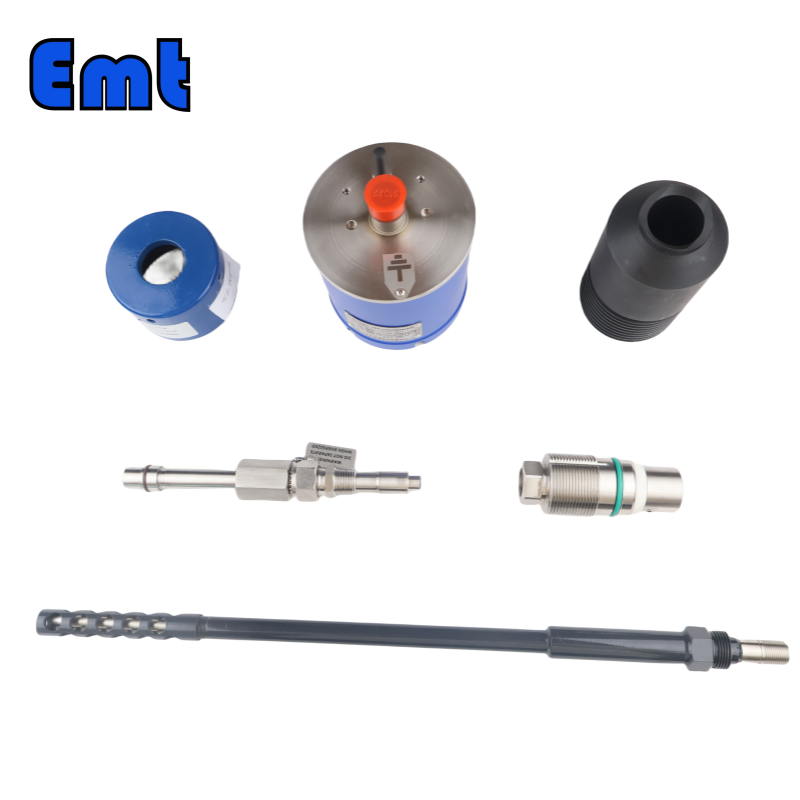
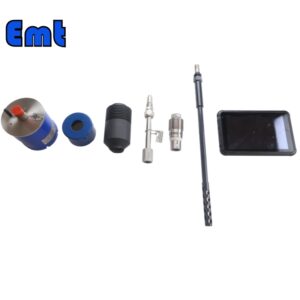 پروب ER چیست؟
پروب ER چیست؟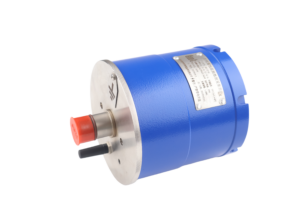
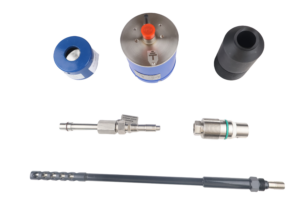
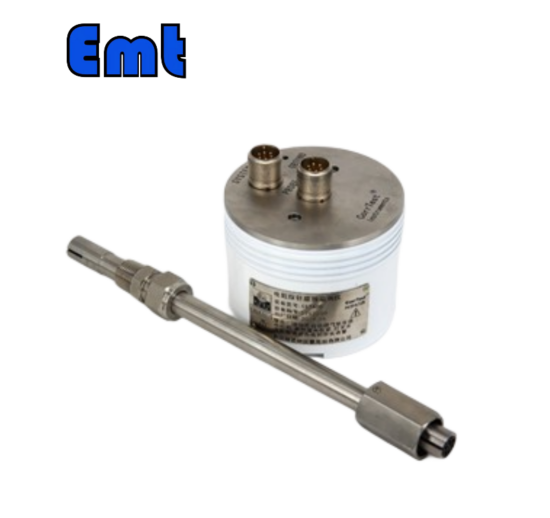
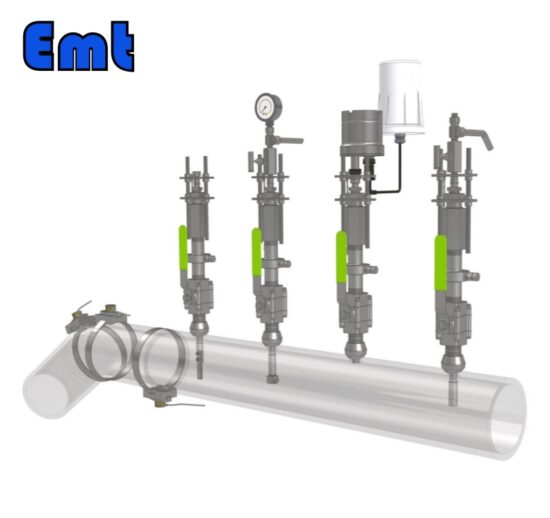
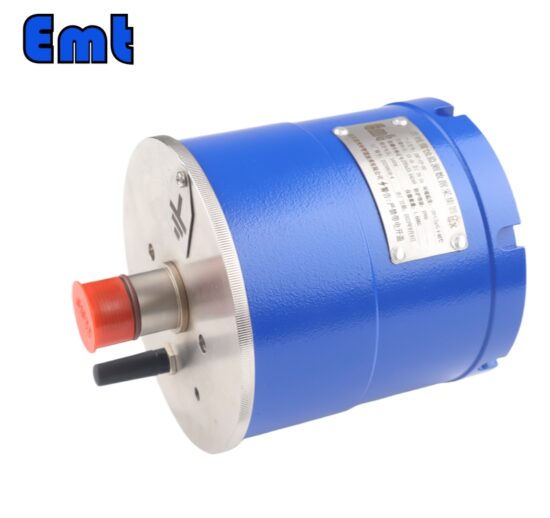
هنوز هیچ بررسی وجود ندارد.